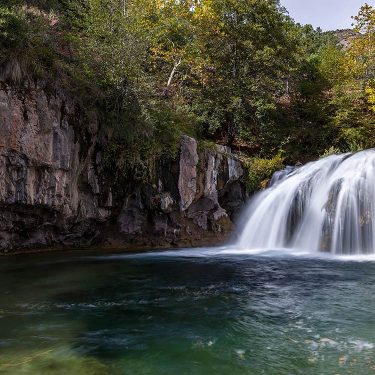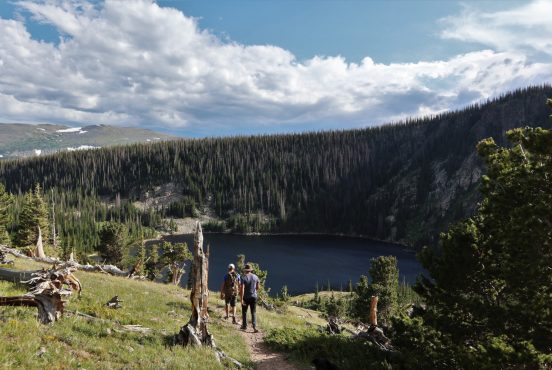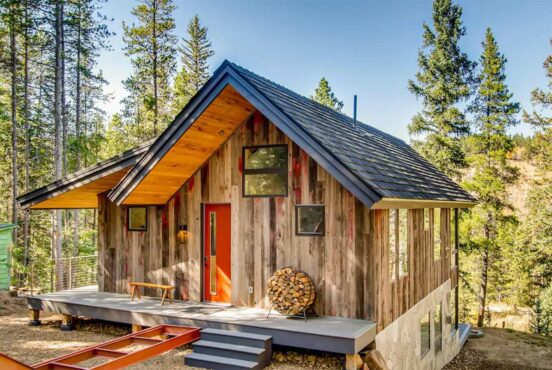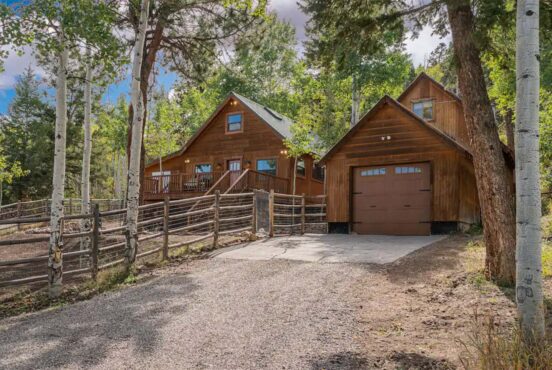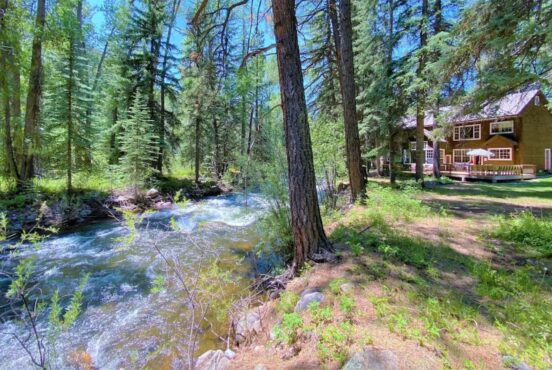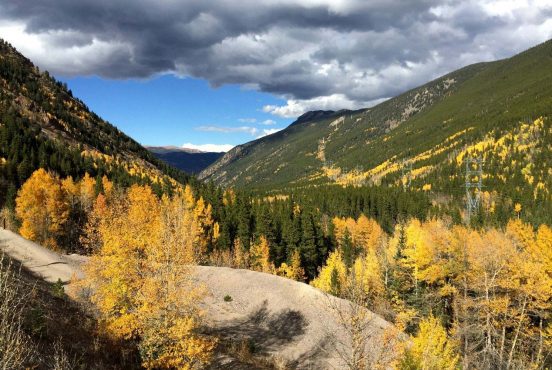As one of the most wildly popular trails in Colorado, Ice and Island Lakes are well worth the grueling hike into the San Juan Mountains.
These are strong words, but I’ll say them anyway: You’ve never seen anything like Colorado’s Ice Lakes.
They’re just that good.
The San Juan Mountains in southwest Colorado boast some of the most incredible alpine vistas that Colorado has to offer. You can spend an entire weekend (or, perhaps, several) exploring the four national forests, countless wilderness areas, countless alpine lakes, and over a dozen mountains above 14,000 feet, including a few of the easiest 14ers in the state.
Even with all that grandeur, Ice Lakes Basin is arguably one of the most beautiful spots in the entire region — and we don’t say that lightly.
Ice Lake and Island Lake At a Glance
- Nearest towns: Silverton (7 miles), Ouray (25 miles), Durango (54 miles)
- Acreage: 1.8 million acres (San Juan National Forest)
- Day use fees: No fees
- Campground: South Mineral Campground 26 tent/RV/car sites ($34/night). Sites are only on a first-come, first-served basis.
Best for: hiking, dogs, stunning alpine views, wildflower viewing, mountain vistas

Where is Ice Lakes Basin?
If you’re coming from Denver, prepare for an adventure. It takes just over six hours to get to the Ice Lakes trailhead. You have options too, since there are two ways to get there from the Mile High City. The first is to take the higher speed (and not necessarily the faster) route along I-70 until you reach Grand Junction.Then head east on Route 50.
If you’re in it for the scenery, ditch I-70 in favor of Highway 285 South to Salida. There, you will pick up Route 50.
Here’s a tip: if you don’t have the gumption for a 6-hour day, Gunnison is a great half-way mark where you can explore the Black Canyon of the Gunnison National Park.

Whichever route you choose, Route 50 will intersect with Route 550 South in Montrose. From there, you’ll take one of Colorado’s most beautiful scenic drives– the Million Dollar Highway. Before you reach Silverton, take County Road 7/585 for almost four-and-a-half miles until you reach the parking lot before the entrance to South Mineral Campground. The parking lot can fit approximately 60 cars and it will fill up on weekends. Get there early to snag a spot.
Pro tip: stay at the campground (it’s first-come, first-served) to keep the nerves of finding a parking spot at bay.
Hiking to Ice Lake and Island Lake
Right off the bat, the trail begins to climb. An informational sign near the start of the trailhead warns hikers about the steepness of the trail, including a fun graphic. A cartoon diagram of two Empire State Buildings stacked on top of one another demonstrates the amount of elevation gain one will encounter over the course of 3.5 miles to the lakes. It is a steep and continuous climb that has very little reprieve until you reach the lakes.

The trail meanders through tall pine trees where many still show the leftover scars from a wildfire that tore through the area in 2020. There may be some evidence of past mud and rockslides due to the unstable soil after the fire ran its course.
One of the things you may not realize about wildfires is that they aren’t always devastating. In fact, they often provide new life that is imperative for an ecosystem to thrive. Plants that scientists call “pioneer species” restructure the soil and provide essential nutrients for healthier plants to grow. Wildflowers and aspens are great examples of pioneer species and are seen in abundance while you ascend the trail.

Depending on the time that you hike Ice Lake Basin, there may be several waterfalls cascading down the hillside from the hidden snowfields and lakes scattered above it. Taking breaks on the way up to take photos (or catch your breath and drink some water) is a must on this section of the trail.
Just under the two-mile mark, you’ll hit the junction of Island Lake Trail. Staying left at the fork is a more gradual path to the base of Ice Lake. If you go right, the trail quickly ascends steeply to Island Lake. It doesn’t matter which way you go, but if you’d rather have a more gradual descent, go right to Island Lake first.
The fork is also around the time that you hit treeline. The mountainside is fully exposed, and storms can come upon you quickly so keep an eye out. Snowfields can still be seen well into the summer depending on the year’s snowpack and is a great way to cool off after the grueling hike up.

Another three-quarters of a mile gives you the view that you’ve been waiting for. Island Lake, in all its green-turquoise majesty, is waiting for you to sit at its banks. The lake changes color depending on the sunshine so take a break and wait it out. When you’ve had your fill, get back on the trail to head south west to Ice Lake.
It’s only a half-mile from Island Lake to Ice Lake where you traverse a cliffside along the base of Vermillion Four Peak. The deep, blue waters of Ice Lake easily come into view as you crest the trail. It is even more stunning than you see in photographs and is perfectly contrasted with the surrounding thirteeners.

Side note: you can swim in both Ice and Island Lake, but it’s called Ice Lake for a reason. It is cold! Unless you’re a cold plunge champion, your body may not be used to the frigid temperatures. If you do go in the water, ease your way in to avoid “cold shock.”.
Once you tear yourself away from the beauty of Ice Lake Basin, head down the mountain — don’t go back to Island Lake. This is a more gradual path and saves your knees from screaming at you on the descent. It’s just over a mile to the junction of the Island Lake Trail and then it’s a continuous drop back to your car.
Seen in: Colorado, Colorado Hiking, Hiking

